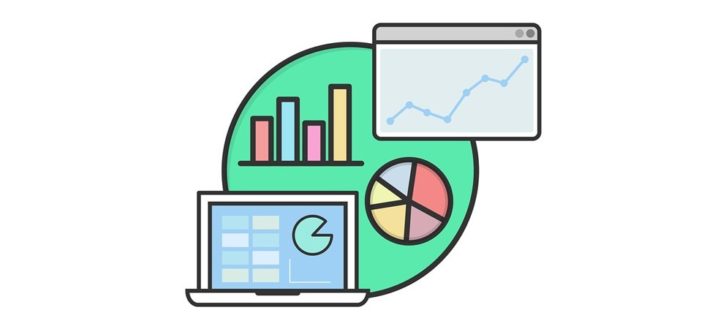Introduction
Market research is the great equalizer among businesses: it is essential to every business plan, no matter how well-established or new because it helps to inform crucial business decisions. As Stephen Covey said in his highly acclaimed book The Seven Habits of Highly Effective People, no matter how good of a vehicle you have to drive yourself forward, it means nothing if the map you’re using is wrong. Relevant and well-collected market research data is the proverbial map for any business that wishes to be successful.
Principles of Research
Research is a highly involved process, and conducting it properly is important. If research data is collected improperly, the data becomes useless because it then becomes impossible to correct errors after collection. This practice all begins with examining the researcher’s method for collecting marketing research samples because one of the most foundational concepts in statistical research relates to sampling practices. Therefore, it is crucial that research begins with proper sampling practices to make sure that all data collected is relevant to the research question you are trying to answer.
When conducting research, it is good practice to consider any biases or confounding variables that may impact your data. For example, if someone wanted to find out the average amount of food waste an American household produces per day, their first idea to measure this may be to pull up a phonebook for their area and pull random names and numbers to call and ask what they thought the amount of food waste their household typically produces each day. However, there are multiple problems with this model.
For one, the phonebook the researcher decides to use is important: it must be representative of the group the researcher wishes to study. A researcher cannot collect data from people living in one area and assume that the data is applicable to a larger group such as the whole country. The researcher must also take care to make sure the numbers they choose to contact are truly random: often, researchers will use computerized randomizers to ensure that this is the case.
Researchers in the previous example will also want to consider the fact that simply asking subjects what they thought their average food waste is can result in very different data than if the researchers measured the food waste themselves. This is called response bias, which stattrek.com states the underlying reasons for which can vary, from leading questions to social desirability factors. If factors like these are not considered, then the sample the researcher chooses may not be representative of their population or their data may not be accurate at all.
Sampling Processes

Researchers, especially statistical researchers like the ones who often conduct research relevant to business practices, identify two groups in their studies: a population and a sample. The population refers to the total group of people who the researchers wish to measure. For example, if a researcher wanted to measure what the average value was of something (like the amount of money their household spends online shopping each month), they would need to find a value representative of all individuals in the population. However, this is often difficult to do, which is why researchers then find a representative sample from their population.
Imagine that you had a bag of 100 marbles and 20 of them were red, 30 of them were green, 20 of them were blue, and 20 of them were purple. The laws of probability indicate that if you were to take a random sample of 10 marbles from this bag, then you can expect that 2 would be red, 3 would be green, 2 would be blue, and the last 2 would be purple. Even if this weren’t the case and the number of marbles of each color varied slightly, as more and more random samples of 10 marbles were taken from the bag and measured, the average value of each marble of each color would get closer and closer to their expected values. This is called the law of large numbers and it explains why representative samples are valuable even if they aren’t in every instance necessarily representative.
You may also choose to stratify your sample: say you want to measure the amount of money a household spends on online shopping each month like in the previous example, but you want to measure this based on the household’s annual income. You can click here to learn more about stratified sampling in detail. In instances like these, you may choose to stratify your samples by arranging groups whose annual household income is within certain ranges and then randomly sample your groups from there.
Stratifying your samples can help you understand the relationship between the variable you’re studying and the variable you’ve chosen to stratify based on. For example, the data you collect based on the online shopping example may lead you to the conclusion that households whose incomes are higher tend to spend more money on online shopping.


